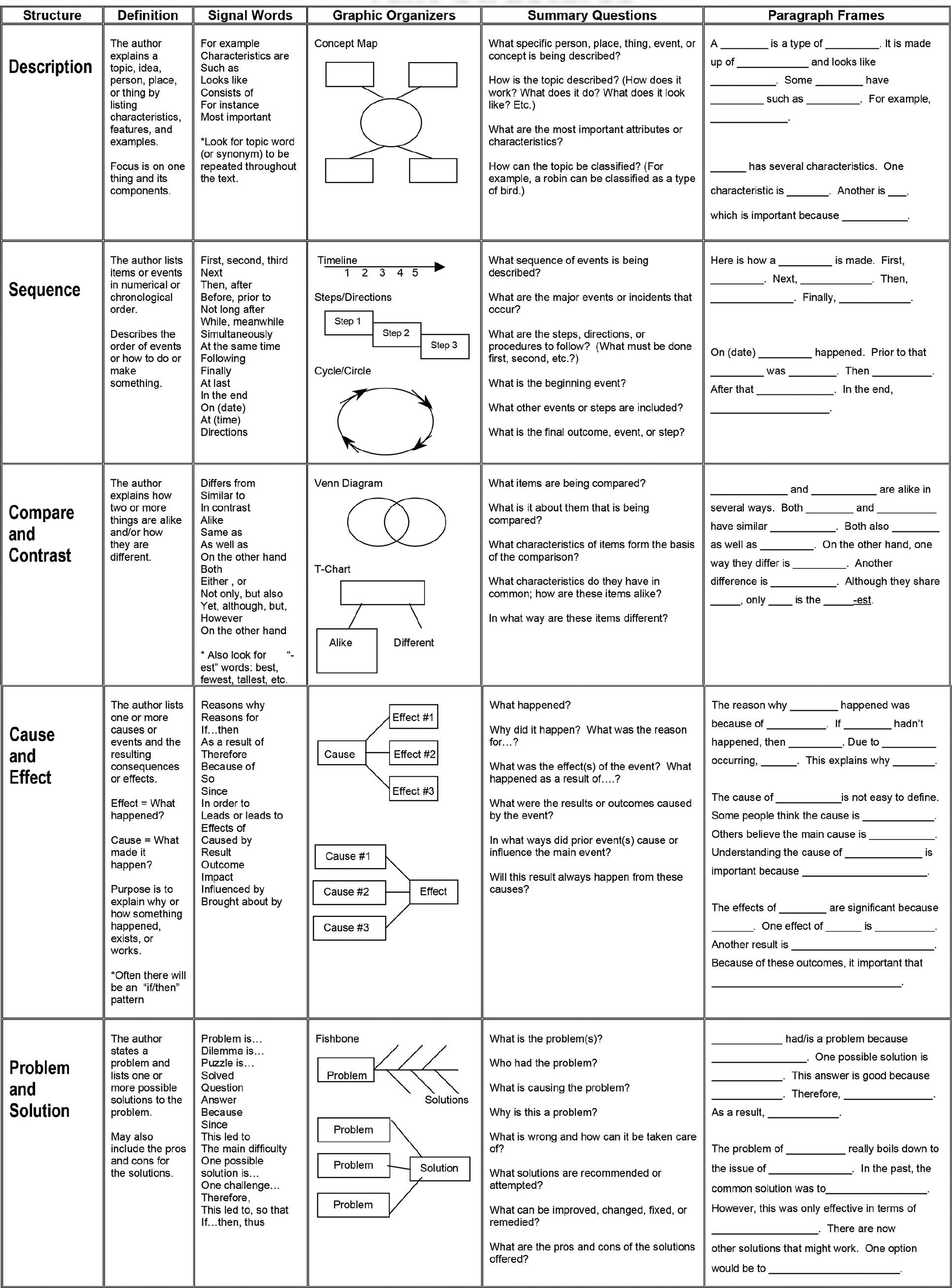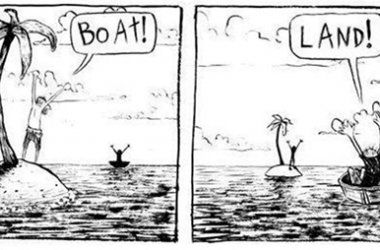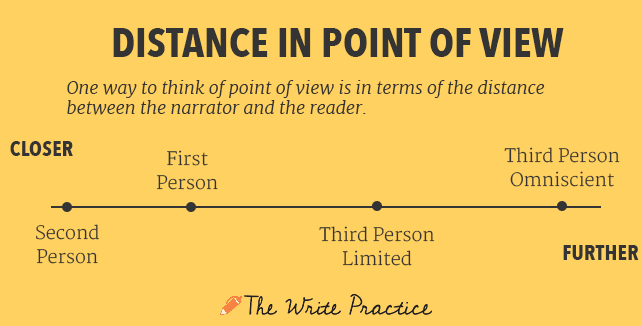Te Kauneke Korero me te Tirohanga
“Opportunity is missed by most people because it is dressed in overalls and looks like work.”
— Thomas Edison
te ao Māori principles
There are five key principals that we, as an English Department, consider important as part of a holistic study at school.
- Mana – The prestige and authority of the writer. Writers can build mana through impactful stories that uplift readers.
- Whanaungatanga – The connections and relationships between characters, writers, and readers. Literature brings people together.
- Kaitiakitanga – Guardianship and protection of stories, language, and knowledge. Writers have a duty to share stories responsibly.
- Wairuatanga – The spirituality and deeper meanings conveyed through literature. Stories can be profound and moving.
- Mauri – The essential life force or vitality of the writer coming through in their work. Writing with purpose and energy.
- Aroha – The empathy, compassion, and love writers show through their words. Literature builds understanding between people.
- Tikanga – The customs, protocols and values upheld through storytelling. Writers adhere to cultural principles.
Key Terms
| Narrative | a spoken or written account of connected events; a story. |
| Progression | a number of things in a series. |
| Perspective | a particular attitude towards or way of regarding something; a point of view. |
| Narratology | the branch of knowledge or criticism that deals with the structure and function of narrative and its themes, conventions, and symbols. |
| Aristotle | an Ancient Greek philosopher. |
| Fact | a thing that is known or proved to be true. |
| Opinion | a view or judgement formed about something, not necessarily based on fact or knowledge. |
| Subjective | based on or influenced by personal feelings, tastes, or opinions. |
| Objective | not influenced by personal feelings or opinions in considering and representing facts. |
| First Person | a type of narrative in which the protagonist relates their story using the first person, i.e. using the pronoun ‘I’. |
| Second Person | a set of words or forms (such as pronouns or verb forms) that refer to the person that the speaker or writer is addressing |
| Omniscient | knowing everything. |
| Background | the circumstances or situation prevailing at a particular time or underlying a particular event. |
| Inciting Incident | an event that sets everything else that happens into motion. |
| Destabilising Event | an event that causes a loss of equilibrium |
| Rising Action | a related series of incidents in a literary plot that build toward the point of greatest interest. |
| Climactic | acting as a culmination or resolution to a series of events; forming an exciting climax. |
| Plot | the main events of a play, novel, film, or similar work, devised and presented by the writer as an interrelated sequence. |
| Subplot | a subordinate plot in a play, novel, or similar work. |
| Resolution | the action of solving a problem or contentious matter. |
| Denouement | the final part of a play, film, or narrative in which the strands of the plot are drawn together and matters are explained or resolved. |
Learning Objectives
- To identify the use of narrative structures within nonfiction texts.
- To plot the narrative construction of a nonfiction text development
- To highlight moments of significance according to classic structures e.g. Hollywood Narrative Structure.
- To apply theories of narratology e.g. Aristotle.
- To identify subjective and objective perspectives within texts.
Exercises
Spelling
| centre | civil | city | cycle | central |
| cellar | December | eight | gem | general |
| germ | giraffe | giant | energy | emergency |
| encourage | signature | passenger | stranger | teenager |
Summary Builder
Below is a piece of writing that you should attempt to summarise into around 100 words.
The Benefits of Extracurricular Activities
Pursuing organised activities outside of academics provides many advantages for high school students. Extracurriculars allow students to explore personal passions and talents in areas like sports, music, art, writing, or community service. Joining school clubs related to subjects students enjoy lets them delve deeper into topics beyond what is taught in class. Participating in student government, yearbook, or debate club builds leadership, communication, time management, and teamwork skills. Such activities also allow students to creatively apply academic knowledge in hands-on projects.
Extracurricular involvement provides a constructive break from the stresses of classes and homework. Students can form lasting friendships by bonding with peers who share the same interests in a particular club or team. The routines and social connections of extracurricular participation are especially beneficial for students’ mental health and wellbeing.
For college applicants, documented involvement in extracurriculars helps demonstrate commitment, work ethic, and well-roundedness. Admissions officers recognize that taking on significant roles like club president, newspaper editor, or varsity captain requires discipline and time management.
By offering fulfillment beyond academics, extracurricular activities enrich students’ high school experience. The skills and growth opportunities gained are invaluable. Students who make the most of available extracurricular options will be rewarded with memories and personal development that last long beyond graduation.
Narrative Progression and Perspective
Te Kauneke Korero me te Tirohanga
The key to this week will be the use of your stimulus text. From this you can begin to add more contextual knowledge from supplementary texts to your overall understanding.
Exercises
Skim through your non-fiction text. Make a note of the following aspects
- Give the names of the chapters including any extra information (for example, some chapters may have a time frame, or a specific date, or a quote, or something that accompanies it)
- Give the names of any sections (e.g. part 1, section 1 etc)
- Give the length of each of the above
- e.g. Chapter 1: Beginning (p.2-19)
Once you have established the macro view of your studied text, look for the way the writer has set it up. What sections are longer? Are they all of a similar length? Why? What is the purpose of these choices? What is the writer spending more time on? What things are being brushed over?
Why is this important?
We naturally give more importance to things that we believe have more value for ourselves or for others. Looking at the Edmund Hillary text again, High Adventure, a significant amount of time is spent on the week it took to reach the top of the mountain, and less on the lead up and his background, and even less on the reaction when he returned to New Zealand. It is therefore obvious that the focus is on the trials and tribulations of extreme climbing in this pioneering expedition. It also acknowledges his humility in not giving more information about his reception upon being successful.
Supplementary Texts
Check out those areas that you identified in the first exercise. What can you add to your knowledge about these? Can you explore the time frame, or give some social details about one of the chapters? If not, see if you can research more into that area.
Progression
Back in Year 10 you were taught about the narrative elements that make up texts. You were introduced to Aristotle’s classic
- Beginning
- Middle
- End
You were also introduced to some of the narrative conventions such as:
- Classical Hollywood Narrative (Freytag’s Pyramid)
- Linear vs Nonlinear progression
- Fichtean’s Curve
- Dan Harmon’s Story Circle
- The Hero’s Journey
- And there are still more…
Next step is to look at some of the nuanced approaches to the structure of a nonfiction text.
- description,
- cause and effect,
- compare and contrast,
- problem and solution, and
- sequence

Reading through this list should bring out some interesting discussion about the various text types you have used within this unit.
Your extended piece of writing is likely to be a mix of the above, but some of the supplementary texts will definitely follow this kind of structure.
Perspective

We have already begun to look at this in the previous chapters of the PressBook, but perspective is important to note.
Why does point of view matter so much?
Because point of view filters everything in the story. Everything in the story must come from a point of view.
Which means if the writer gets it wrong, the entire story is damaged.
Here are the four primary types of narration:
- First person point of view. First person perspective is when “I” am telling the story. The character is in the story, relating his or her experiences directly.
- Second person point of view. The story is told to “you.” This POV is not common in fiction, but it’s still good to know (it is common in nonfiction).
- Third person point of view, limited. The story is about “he” or “she.” This is the most common point of view in commercial fiction. The narrator is outside of the story and relating the experiences of a character.
- Third person point of view, omniscient. The story is still about “he” or “she,” but the narrator has full access to the thoughts and experiences of all characters in the story. This is a much broader perspective.
First Person
Pros |
Cons |
| Person experience for the reader | Ideas are limited to those of the narrator |
| Thoughts and feelings are clearly explained | Biased perspective on the world |
| All ideas ‘filtered’ through the narrator | Tells their story, not necessarily the story. |
Second Person
Pros |
Cons |
| Actively engages the reader – including them. | Loses efficacy if used too much. |
| Makes the story more personalised. | More of a ‘cookbook’ or ‘song lyric’ style |
| Has the potential to surprise. |
An interesting complementing aspect of writing 2nd person is Breaking the Fourth Wall. Originally this came from drama and is where the actors spoke directly to the audience.
This narrative device of speaking directly to the audience or the reader is called breaking the fourth wall (the other three walls being the setting of the story).
To think of it another way, it’s a way the writer can briefly use second person in a first or third person narrative.
To translate this into writing, it is often presented as ‘dear reader…’ or similar direct address of the reader / audience.
Third Person
Pros |
Cons |
| Narrator is outside of the story, looking in. | Never really get the ‘feel’ of the individual characters. |
| Without the emotional baggage, the story flows. |
In Third Person Omniscient the all-knowing narrator has full access to all the thoughts and experiences of all the characters in the story.
This was very common at one stage, but not so much in modern times.
However, in Third Person Limited the narrator has only some, if any, access to the thoughts and experiences of the characters in the story, often just to one character.
Multi-view Point
One feature of third person limited and first person narrative is that you have the option of having multiple viewpoint characters.
A viewpoint character is simply the character whose thoughts the reader has access to. This character become the focus of the perspective during the section of story or the story as a whole.

Exercises
What is the narrative progression and point of view of your piece of writing?
Is it important that the point of view is the way it is? For example, what do you learn about life in World War II from Diary of Anne Frank? What are the shortcomings of this particular perspective?
Types of supplementary texts
Here is a list of the possibly supplementary texts that you could use.
- advertisements,
- brochures,
- leaflets,
- editorials,
- news stories,
- articles,
- reviews,
- blogs,
- investigative journalism,
- letters,
- podcasts,
- autobiographies
- biographies,
- travel writing,
- diaries,
- essays,
- scripted speech,
- narrative writing,
- textbooks, and
- descriptive writing
Let’s look at the next five. I will be using Anne Frank as a reference point here.
-
podcast,
Podcasts, like blogs, are a new technological view of texts; however, they also can record voice and therefore there is a real connection between the listener and the speaker. Unlike written words, podcasts create an intimacy and add tone to the narrative. For holocaust survivors, this is a powerful tool. Listening to their stories is a moving and highly emotional experience.
-
autobiography,
Stories that are written by the main character of the narrative give insight into the action and motivations. However, we are parametered by that perspective. They tell the story of a life, or part of a life (also called a memoir) which clearly adds to the understanding of the main text.
For Anne Frank, there are all kinds of stories that connect individuals with the famous 16-year old. For example, even in 2023 there was a book released called My Friend: Anne Frank which explores the friendship between Anne and the writer, Hannah Pick-Goslar, in the concentration camp.
You can read about the book here
-
biography,
Like the autobiographies mentioned above, there are all kinds of biographies written about members of the Frank family, and the family as a unit. These books are still being produced as more evidence is found, and as the survivors of the holocaust begin to tell their stories before they pass away – many bringing up memories too difficult to process in order to do so – many more not wanting to reap financial benefit from the stories of losing so many people.
Melissa Müller has written a biography of Anne’s life including the diary and through conversations with Otto – Anne’s father.
You can read a bit of the biography here
-
travel writing,
Incredibly, the concentration camps are now a key tourist attraction for Germany and Poland. It is likely that if you travel to Europe, you may go to one or more of these sombre places to experience the haunting buildings and the emotional torment.
Travel writing is therefore going to be a little different to, say, a trip to the Gold Coast. But it does add to your interpretation of things.
Visiting Anne Frank’s House Tips
-
diary,
Obviously the main source of inspiration comes from Anne herself; however, diaries provide fascinating insights into the world of the time.
Many others wrote diaries during the second world war. You can find a few in the link below. See if there are any diaries available to assist with your own research.
Diaries by young people in war
Ko te reo te tuakiri | Language is my identity.
Ko te reo tōku ahurei | Language is my uniqueness.
Ko te reo te ora. | Language is life.
